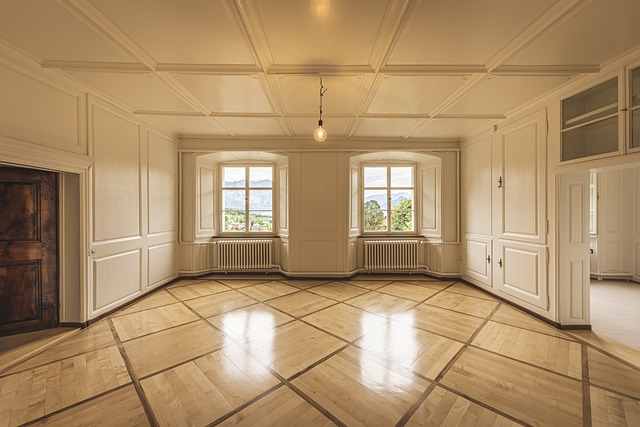Demystifying Micro-Units: A Rising Trend in Urban Real Estate
As urban landscapes evolve and housing demand grows, a new trend is emerging in the real estate sector—micro-units. This article dives into the nuances of micro-unit properties, providing a comprehensive insight into their growing popularity. Micro-units, typically ranging from 200 to 400 square feet, have become increasingly popular in bustling urban cities, where space is at a premium and housing demand outstrips supply. This trend has its roots in the post-WWII era, where a housing shortage led to the creation of smaller, more affordable homes. Fast forward to the present day, and micro-units are once again gaining traction as solutions for high-density areas.

The Appeal of Micro-Units
Micro-units offer an affordable, efficient, and convenient solution for urban dwellers. As cities become increasingly crowded, these properties provide a viable option for those seeking a minimalist lifestyle or a cost-efficient way to live in prime locations. For investors, the high rental yield and potential for a steady stream of tenants make micro-units an attractive proposition.
The Challenges of Micro-Units
Despite their advantages, micro-units come with their share of challenges. The limited space can pose design and living challenges, and there can be zoning restrictions or building regulations that limit the construction of these units. Furthermore, while micro-units are affordable compared to larger apartments in the same areas, they still might be out of reach for those at the lower end of the income spectrum.
Micro-Units and the Current Market
The real estate market has seen a rise in the popularity of micro-units, especially in cities like New York and San Francisco where housing is notoriously expensive. In these cities, developers are increasingly focusing on creating functional, well-designed micro-units to meet growing demand. Additionally, the pandemic has shifted housing preferences, with more people seeking affordability and location over space, further boosting the appeal of micro-units.
Future Prospects of Micro-Units
Looking ahead, the micro-unit trend appears set to continue, driven by urbanization, rising housing costs, and changing lifestyle preferences. While the challenges are real, the potential benefits—for tenants, investors, and cities—are significant. As such, micro-units could play a key role in shaping the future of urban real estate.
In conclusion, micro-units represent an exciting and potentially lucrative opportunity in the real estate market. With a keen understanding of their benefits and challenges, and an eye on current market trends, both investors and potential tenants can make the most of this growing trend.




